
Stories of Brazil: Photography from the Periphery of São Paulo
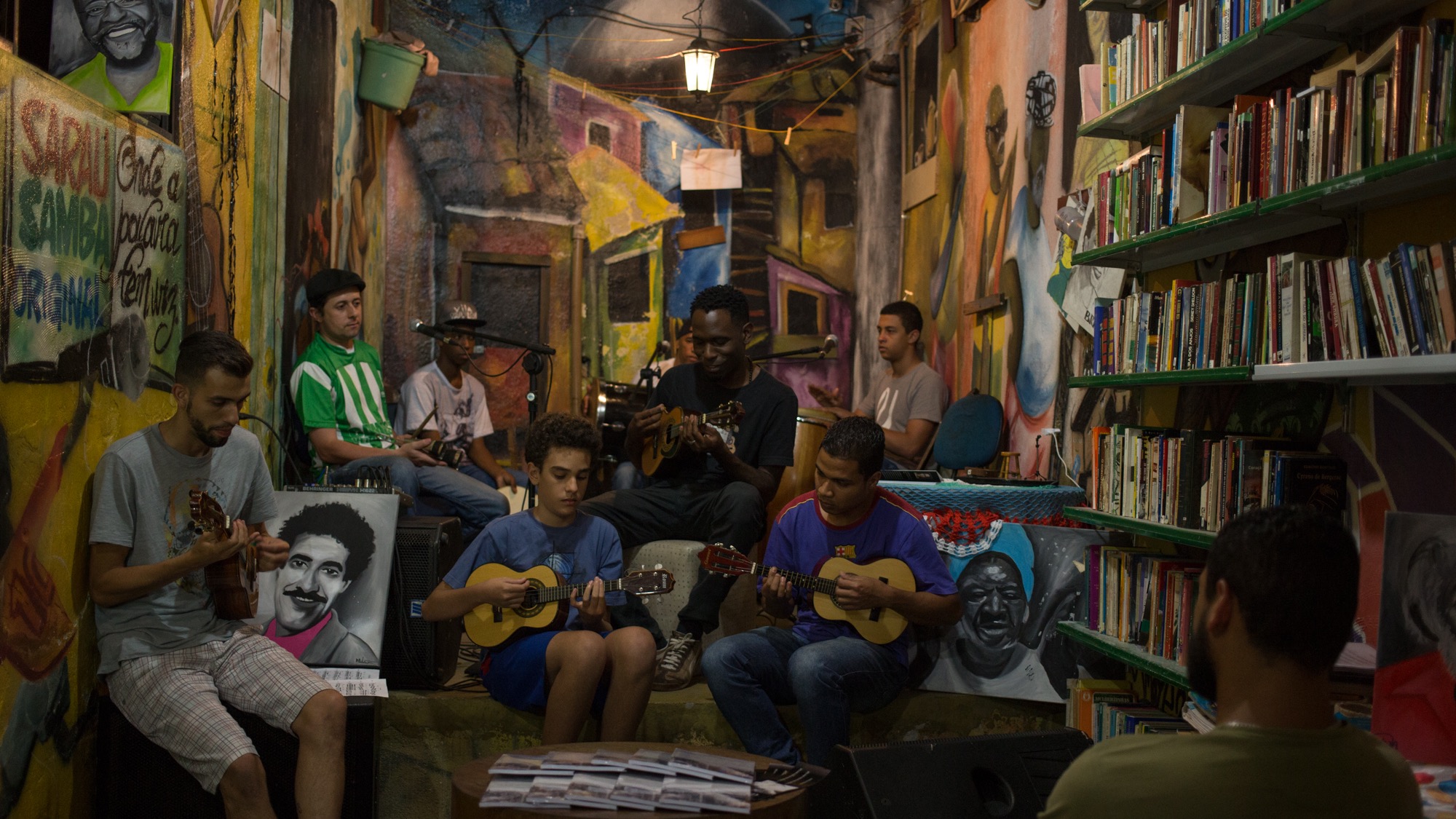
As executive producer and creative director of Story Productions, Nick Story has spent years helping brands and broadcasters produce content in Brazil. In this new regular column, Nick will be using his expertise to take us beyond superficial stereotypes and delve deep into Brazil’s creative culture, communities and locations.

The city of superlatives is how the guidebooks often refer to São Paulo: South America’s largest city, home to the world’s largest gay pride, the biggest Japanese community outside Japan… the list goes on. There are sides to the city, however, which are rarely in the spotlight, or when they are, it’s negative press. The city’s favelas, for example, make international headlines for landslides, drugs, armed police operations and – most recently – the devastating effects of Covid-19. They’re one of the top locations for the foreign news and documentary crews that Story Productions fixes or films for.

I’ve been living and shooting in São Paulo for 15 years, and I spend much of my time trying to explain the paradoxes of the city to clients overseas. When it comes to favelas, in particular, the stereotypes become self-fulfilling prophecies when foreign crews come with a fixed idea of the images they’re looking to capture. That’s why we’re kick starting this Brazil column for LBB by celebrating one of the many creative cultures flourishing in São Paulo’s poorest neighbourhoods: photography.

This month is the start of the Festival de Imagens Perifericas – “Festival of Images from the Periphery”. It’s the first edition of a photography festival about life in the periferia – a term that denotes the geographical as well as socio-economic margins of São Paulo society. The academics define it by indicators such as low income, low education, poor healthcare and poor quality housing. For professional photojournalist José Cícero, it’s simply morro (“hill”) versus asfalto (“asphalt”). “The periphery is everything that surrounds the city,” he explains. “It’s where the favelas are, although there are favelas in the city centre too, but the periphery is basically where the poorest people are, classes C, D and E.”
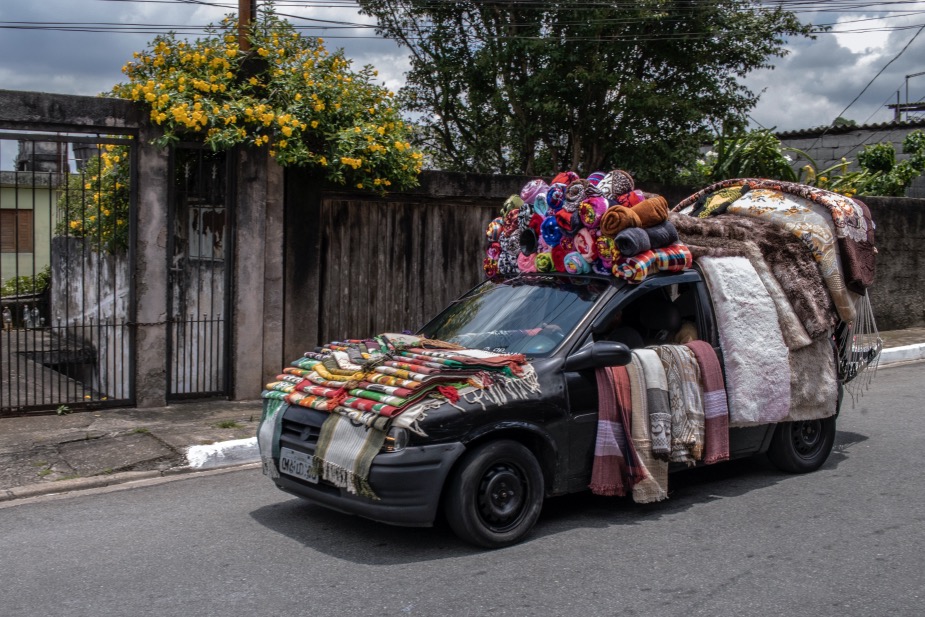
The periphery in São Paulo is home to more than two million people. Culture there has always been strong – samba, for example, is one of the oldest expressions of periphery culture. But in the last two decades, talent from emerging creative scenes in the periphery has burst into the main stream; musicians like Emicida and Criolo, and muralist Eduardo Kobra have become international names. In 2019, one of Netflix’s biggest hits in Brazil was Sintonia, a series about teenagers in a São Paulo favela, which has been commissioned for a second series. Three months ago, Netflix launched the documentary film AmarElo, mixing Emicida’s music with a moving history lesson on black culture in Brazil.
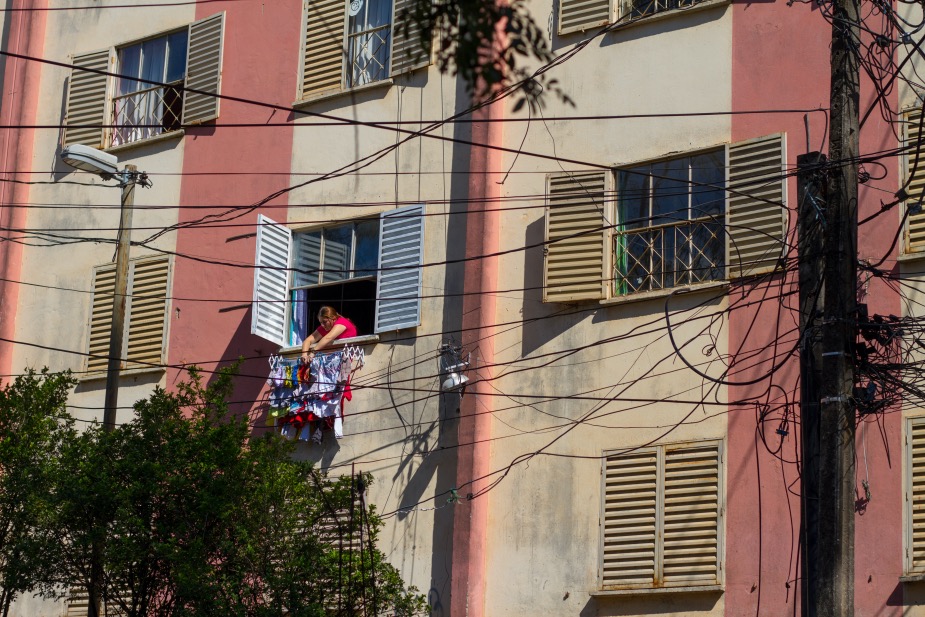
For José Cicero, the periphery is his home and the focus of a photography collective that he is a founding member of – DiCampana. The collective wants to break down negative stereotypes by publishing powerful photos of daily life all over the São Paulo periferia, north, east south and west. Some of the images are in this month’s Festival of Images from the Periphery, printed as posters and pasted on to walls, bridges and underpasses around the city as lambe-lambes – a very Brazilian, political form of expression.

“This festival opens a window for incredible photographers from the periferia to talk about their work, where they’re from and what they think,” says Cicero. “It shows that photography doesn’t need to be elitist.” Cicero explains that a number of photo collectives emerged in São Paulo in 2013 – SelvaSP and Manana to name just two – in response to a wave of protests that were sweeping across Brazil. “We saw these collectives photographing the city but we felt that the periphery was missing from this visual language. It wasn’t represented by the people creating this coverage”. DiCampana was founded in response, in 2016, one of the first collectives to focus on representing the periphery. “For a long time in photography, we’ve been praising the same people, really important people for Brazilian photography without a doubt, but there is a lot of new talent emerging, people with different perspectives and different techniques.”
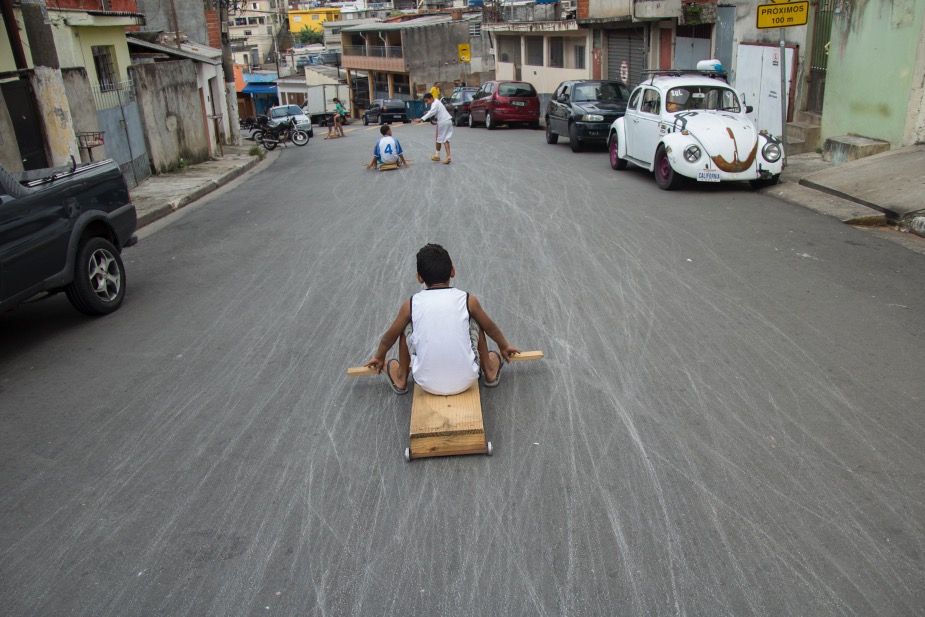
Photography is just one form of creative expression gaining recognition as part of “periphery culture”. Saraus (open gatherings that celebrate varied artistic expressions) have become a regular event in some parts of the periphery, (pre-pandemic) since the turn of the millennium, with young and old listening to poetry in bars at the weekend. There are now literary festivals and theatre festivals, too.
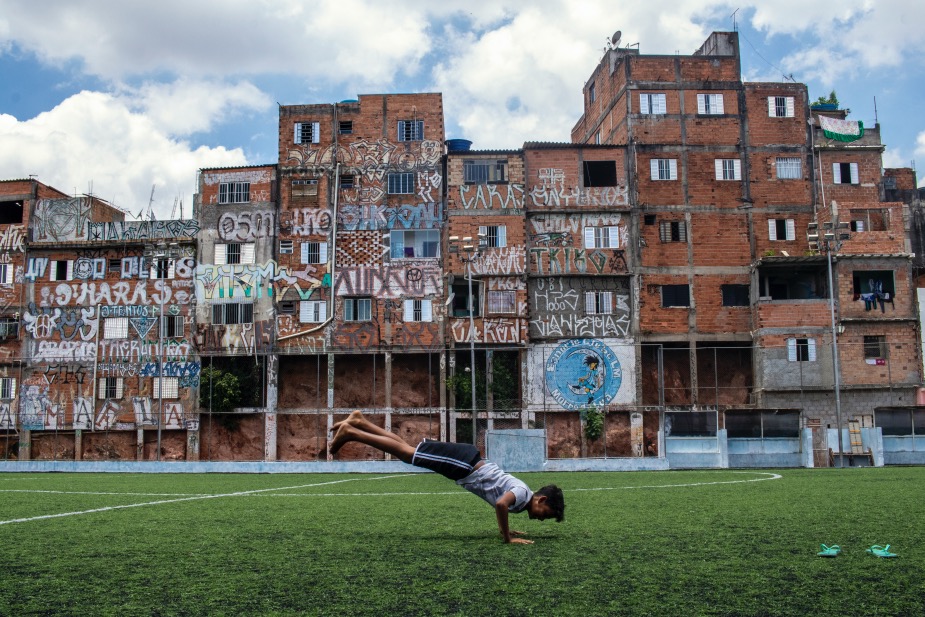
“There are so many places in the periphery where we see that the culture is really pulsating,” says Cicero. “In the ‘90s, we had to go to the city centre to have access to culture. Now we don’t need to leave the periphery. And it’s not just that it’s closer to us. We, the residents of the periphery, are creating it. It reflects our daily life, too. When you go to a gig or listen to poetry in bar, it’s people talking about racism and about really important social issues. These cultural spaces spark debate, and they connect these issues to the visual medium.”
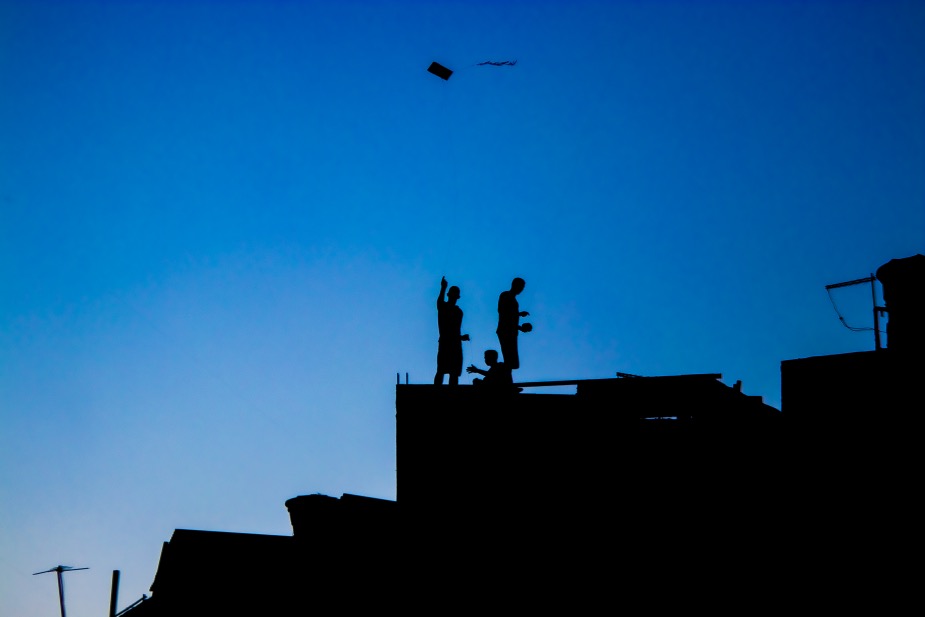
All the photos published here are from the DiCampana collective. For a look at the photos from the Festival of Images from the Periphery go to












